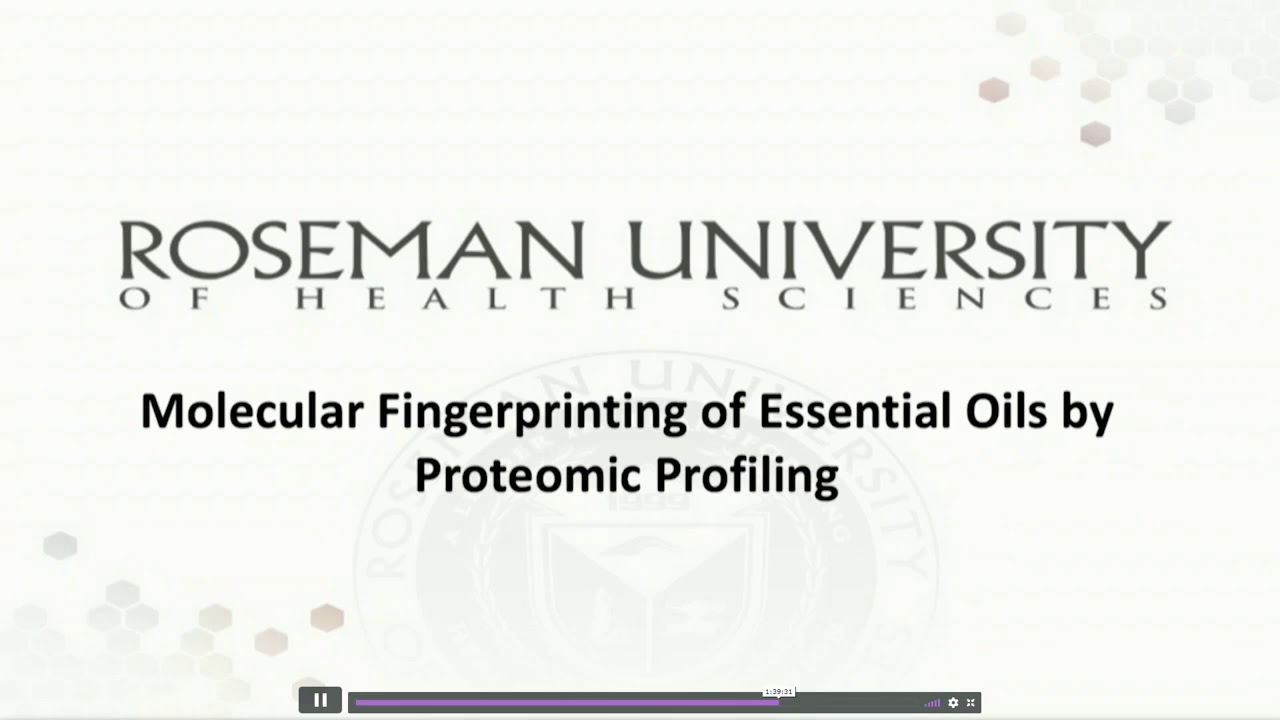Why choose therapeutic-grade essential oils?
Plants have been with us for centuries, and when distilled properly—without adulteration or synthetic additives—their oils can truly support your health and wellness.
To get the full benefits, it’s essential to choose therapeutic-grade oils that are pure, natural, and consistent.
The Therapeutic Difference
Purity
Therapeutic-Grade Essential Oils are free from fillers, synthetic ingredients, and harmful contaminants, preserving the plant’s unique natural chemistry. No adulteration.
Potency and efficacy
Therapeutic-Grade Essential Oils are carefully extracted using cold-pressed or steam distillation, to preserve their unique chemical profile and maximum potency.
Lab-Tested & Certified
Therapeutic-Grade Essential Oils undergo rigorous in-house and third-party testing, and every bottle includes a unique, verifiable sourcing certificate.
Sustainably Sourced
Therapeutic-Grade Essential Oils are harvested responsibly, supporting sustainable practices and protecting the environment.
Consistent Quality
Therapeutic-Grade Essential Oils ensure unique chemical profile across every batch.
Safe & Reliable
Therapeutic-Grade Essential Oils are safe for aromatic and topical use when used as directed, with some oils also suitable for internal use.
While they might smell good, without certified purity you never know what you’re exposing your body to—or how it might impact your health.
When Quality Is Missing
Synthetic & Adulterated
Low-Quality Essential Oils are often synthetic or adulterated, potentially containing unknown or harmful substances.
Unsafe & Ineffective
Low-quality oils are often synthetic or adulterated, and may contain harmful substances that make them unsafe, and ineffective to deliver reliable therapeutic results.
Lack of Consistency
Low-quality essential oils are often inconsistent, meaning you never know exactly what is in the bottle. They are not suitable for therapeutic use and are primarily intended to provide fragrance.
Untested & Untraceable
Low-quality oils are not lab-tested and lack verifiable sourcing, so you cannot be sure of their purity, potency, or safety.
Unsafe&Unreliable
Ingesting low-quality essential oils is strictly prohibited. Without knowing what’s in the bottle, you can’t be sure what you’re putting on your skin or inhaling, making their use unsafe.
⬇️ Let’s explore what the studies reveal! ⬇️
research first
Did you know?
Essential Oil History
Evidence&Reports
Main mechanisms of essential oils, PubMed/MEDLINE, 2023
PubMed/MEDLINE, 2023
Their pharmacological actions, PubMed/MEDLINE, 2023
Their pharmacological profile, PubMed/MEDLINE, 2023
Their pharmacological actions, PubMed/MEDLINE, 2023
Authentication and Market Survey of Sweet Birch, MDPI/2022
MDPI Research, 2022
Pharmacological Activities of Citrus sinensis, MDPI/2024
Antidepressant‑like Effect of Citrus sinensis Wild Ornage, PubMed/2019
Citrus Oils & Limonene – Antimicrobial Potential, MDPI/2024
"The Oil Effect"
The results of our research show that the implications of ‘The Oil Effect’ are significant,” says Dr. Le.
His studies suggest that essential oil quality depends on both chemistry and biochemistry, and that advanced biochemical analysis is essential to truly evaluate an oil’s quality.
need tailored support?

Personal Session for Therapeutic-Grade Essential Oils
Prefer exploring essential oils through a personal session? Get answers to all your questions! 🌿
Start now!
Aromatherapist - Expert session
👨⚕️ Wolfgang Köbel is a German-born naturopath, aromatherapist, and phytotherapist based in Budapest with over 30 years of experience. He combines deep expertise in aromatherapy and essential oils with extensive knowledge of conventional care to offer truly holistic solutions.
Get Expert Support!F.A.Q
What are essential oils (EO)?
What are the main mechanisms of EO?
What are the pharmacological actions of EO?
Believe it or not... essential oils are all about chemistry! .. Chemistry from NATURE!
What is purity?
Why does purity matter?
What is consistency?
Why does consistency matter?
What is adulteration?
In one word the addition of something to an essential oil or the fabrication of an essential oil by chemists.
Research draws the attention to counterfeited, adulterated, or misrepresented EO The EO marketplace is rife with counterfeited, adulterated, or misrepresented products. A Research published at MDPI proves this statement and highlights the importance
Why do companies alter essential oils?
How is the essential oil industry?
Why is there so many adulterated EO?
What concerns does adulteration brings up?
Cheap and mid-priced essential oils also smell nice!
What is EO secondary market?
What about dōTERRA?
Why has dōTERRA decided to own the supply chain?
What trends are present in the essential oil industry?
Is the peppermint essential oil in toothpaste and in other products pure and consistent?
But not all peppermint oils are what they seem.A scientific study found that 42% of commercial peppermint essential oils were adulterated or synthetic, meaning nearly half of the bottles on the market aren’t truly natural. ScienceDirect Research, 2025
In many cases, peppermint oil is broken down into its chemical parts using high-precision distillation. These isolated compounds are then reassembled in a lab to create a product that smells like peppermint—but isn’t. The result? A synthetic imitation that lacks the rich, balanced chemistry and therapeutic power of the genuine plant.
